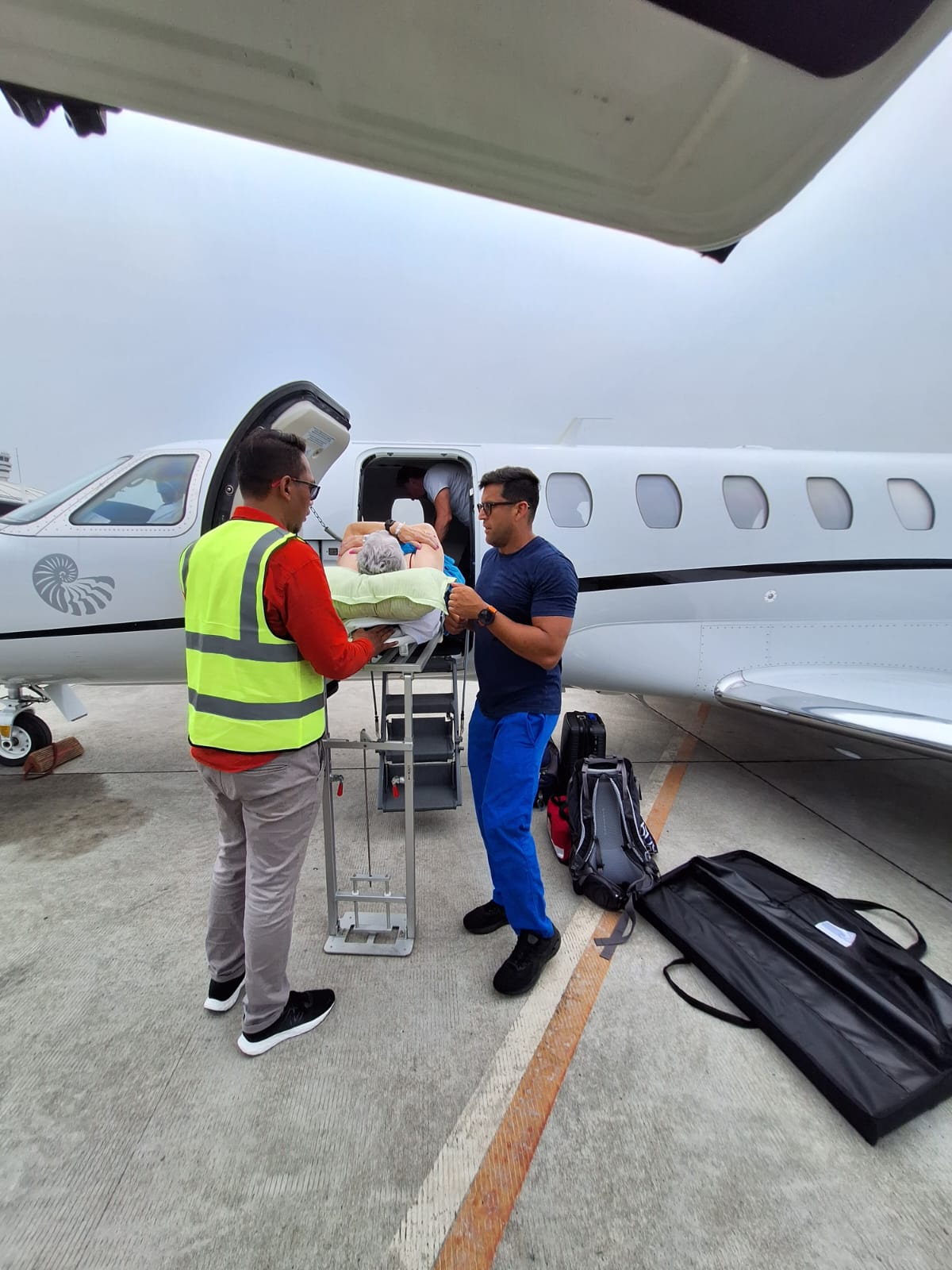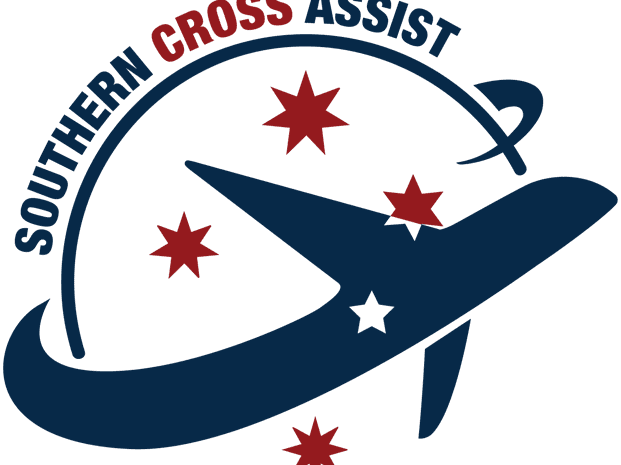
In the realm of medical transportation, the debate between medical charters and air ambulances has been ongoing. While air ambulances are often the go-to option for critical and high-acuity cases, there is a growing recognition of the benefits associated with medical charters for situations where acuity is low. This article aims to explore the advantages of medical charters in such scenarios, shedding light on the cost-effectiveness, flexibility, and overall patient experience they offer.
One of the primary advantages of opting for a medical charter over an air ambulance in low acuity cases is the significant cost difference. Air ambulances are equipped with advanced life support systems and highly specialised medical staff, which undoubtedly comes at a steep price. For low acuity situations where the patient’s condition is stable and doesn’t require intensive medical intervention during transport, a medical charter offers a more economical solution without compromising on safety.
Medical charters provide a range of aircraft options, allowing for customisation based on the specific needs of the patient. In low acuity cases, where the urgency is reduced, a smaller and more cost-effective aircraft can be chosen. This flexibility in aircraft selection not only caters to the medical requirements of the patient but also ensures that resources are used efficiently, minimising unnecessary expenses.
Air ambulances are vital for situations where time is of the essence, and critical care resources are imperative for the patient’s survival. However, in low acuity cases, these resources may be better utilised elsewhere. Medical charters allow for the allocation of critical care resources to where they are most needed, without diverting them for cases that do not require intensive care during transport.
Medical charters offer a more comfortable and personalised experience for patients in low acuity situations. These flights are typically less crowded and allow for more space, providing a less stressful environment for patients and their accompanying family members. The personalised attention and comfort factor can contribute positively to the overall patient experience during transport.
In scenarios where the distance between the healthcare facilities is not too extensive, ground transportation can be a more practical and cost-efficient option. Medical charters often have the flexibility to arrange seamless ground transportation to and from the airports, ensuring a smooth transition for the patient without the need for the additional expenses associated with air ambulance services.
While air ambulances remain indispensable for critical cases, the benefits of medical charters shine in situations of low acuity. Particularly those where a commercial stretcher is not a viable option and appropriate healthcare is not able to be received locally. The cost-effectiveness, flexibility in aircraft selection, reduced strain on critical care resources, and enhanced patient experience make medical charters a compelling choice for healthcare providers and patients alike. As the medical transportation landscape continues to evolve, acknowledging the suitability of each option based on the specific needs of the patient becomes paramount in providing efficient and cost-effective healthcare services.


